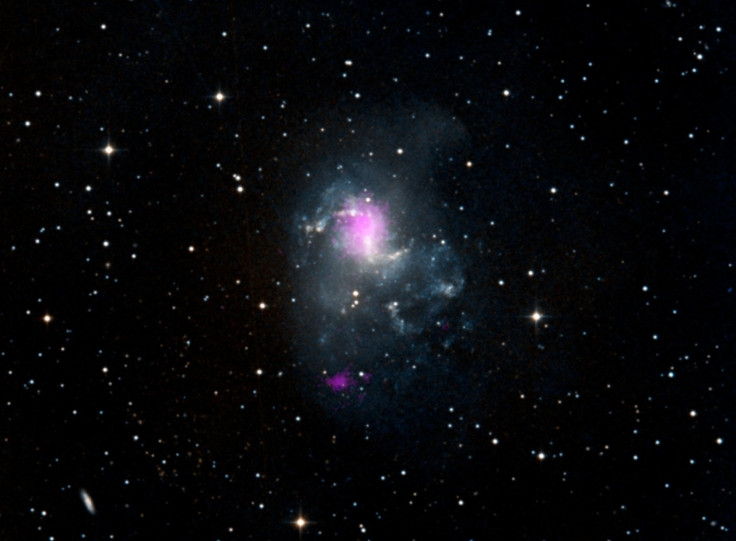Do Medium-Sized Black Holes Exist? Scientists Find Clues

Scientists at NASA are investigating whether black holes, which can be both petite and monstrous, also come in an in-between size.
According to scientists, black holes can be about 10 times the size of the sun, or can boast the equivalent in mass of up to 10 billion suns. However, the existence of a medium-sized black hole is yet to be confirmed, and to do that, NASA's Nuclear Spectroscopic Telescope Array, or NuSTAR, is examining a class of black holes that are expected to fall into the proposed mid-sized category.
“Exactly how intermediate-sized black holes would form remains an open issue,” Dominic Walton of the California Institute of Technology in Pasadena, said in a statement. “Some theories suggest they could form in rich, dense clusters of stars through repeated mergers, but there are a lot of questions left to be answered.”
Scientists said evidence of medium-sized black holes might come from objects called ultraluminous X-ray sources, or ULXs, that are pairs of objects in which a black hole voraciously feeds off a normal star. And, though this feeding process is similar to what happens around supermassive black holes, it is not as big.
In addition, the bright glow of X-rays coming from ULXs is too great to be the product of typical small black holes. This, and other evidence, scientists believe, indicate that objects could be intermediate in mass, with 100 times to 10,000 times the mass of our sun.
According to NASA, NuSTAR is collaborating with other telescopes to examine the ULXs, and provide a first look at high-energy X-rays to help scientists get better estimates of the objects’ mass and other characteristics.
In a research paper, which is to be published in the Astrophysical Journal, Walton and his colleagues reported that they had accidentally found a ULX, which had not been noticed before, in the Circinus spiral galaxy 13 million light years away. The scientists studied the object with the help of NuSTAR and data from other instruments such as the European Space Agency's XMM-Newton satellite, NASA's Chandra, Swift and Spitzer space telescopes, and Japan's Suzaku satellite.
The results of the study indicated that the black hole in question is about 100 times the mass of the sun, which puts it right at the border between small and medium-sized black holes.
In another research paper, accepted to be published in the Astrophysical Journal, Matteo Bachetti of the Institut de Recherche en Astrophysique et Planétologie in Toulouse, France, and his colleagues examined two ULXs in NGC 1313, a spiral galaxy known as the "Topsy Turvy galaxy," also about 13 million light years from Earth.
"It's possible that these objects are ultraluminous because they are accreting material at a high rate and not because of their size," Bachetti said. "If intermediate-mass black holes are out there, they are doing a good job of hiding from us."
© Copyright IBTimes 2024. All rights reserved.






















